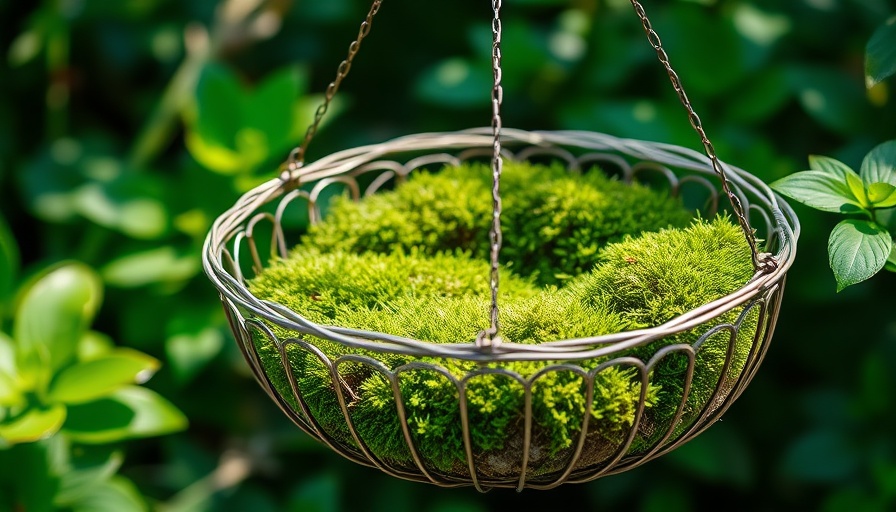
Understanding the Essential Differences: Sphagnum vs Peat Moss
When you stroll through the gardening aisle, the array of options may leave you feeling bewildered, particularly when it comes to the terms 'sphagnum moss' and 'peat moss'. While they might sound similar, these two plant materials play distinct roles in gardening and have unique characteristics that savvy gardeners should understand.
The Spongy Texture of Sphagnum Moss
Sphagnum moss, belonging to the genus Sphagnum with over 380 species, can be identified by its fibrous and spongy texture. This moss thrives in wet environments where it grows above damp soil, often found in regions like Canada, Ireland, Scotland, and New Zealand. When harvested, this moss is air-dried and compressed, resulting in either long-fiber strands or finely milled forms. Although its texture is light and airy, when hydrated, it expands significantly, providing excellent water retention—a feature that many gardeners appreciate.
One of the most common uses of sphagnum moss is in the care of indoor plants. It mimics the natural environment of species like orchids and aroids, supporting their growth by creating a moisture-retentive atmosphere. It’s also popular in projects like terrariums and wreath-making, illustrating just how versatile this moss can be.
What Makes Peat Moss Unique?
On the other hand, peat moss is essentially the decomposed version of sphagnum moss, alongside other organic materials such as plants and animals that have broken down over centuries. While sphagnum moss only takes about 5-6 years to grow, peat moss forms much more slowly, accumulating over thousands of years in layers beneath the surface, a process that’s vital to its light and absorbent nature.
However, the use of peat moss comes with significant environmental concerns. Harvesting peat moss from sensitive ecosystems can disrupt habitats and release stored carbon back into the atmosphere. This makes peat moss a less sustainable choice for gardening, sparking discussions about responsible gardening practices.
Choosing Between Sphagnum and Peat Moss
So when should one use sphagnum moss over peat moss? The answer lies in understanding the needs of your garden and the specific plants you’re nurturing. For indoor plants that thrive in moist environments, sphagnum moss can be your go-to selection. On the other hand, peat moss can be utilized in vegetable gardening and other outdoor projects, but caution is required to address the environmental impact.
The Future of Sustainable Gardening Practices
As gardeners become more aware of ecological issues, alternative options to peat moss are emerging. Products like coconut coir and compost offer sustainable substitutes with beneficial properties. By choosing environmentally friendly gardening supplies, you can maintain a lush garden while ensuring the health of the planet.
Practical Tips for Gardening Success
Regardless of whether you choose sphagnum or peat moss, there are key practices that can optimize your gardening experience. Regularly assess your garden soil, ensuring it has the right nutrients and structure for your plants. Incorporating organic matter will promote healthy plant growth and improve soil fertility.
Additionally, experiment with various mulching techniques to regulate moisture and temperature in the garden. Understanding your garden's microclimates can help in selecting the right plants and care strategies. Implementing these methods will lead to thriving gardens, vibrant plant life, and reduced maintenance efforts.
Your Gardening Journey Begins Here
As you explore the differences between sphagnum and peat moss, consider where your garden could flourish the most. Knowledge about these two ingredients allows gardeners to make informed decisions in enhancing not only their plant care but also embracing sustainable practices. Start your gardening journey with the right choices today!
 Add Row
Add Row  Add
Add 




Write A Comment